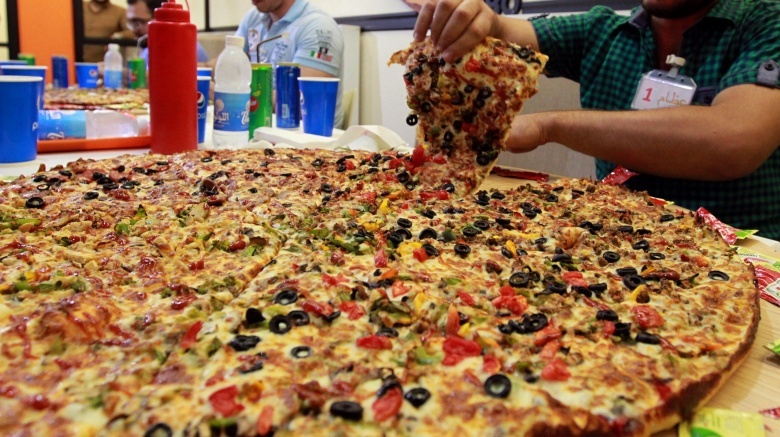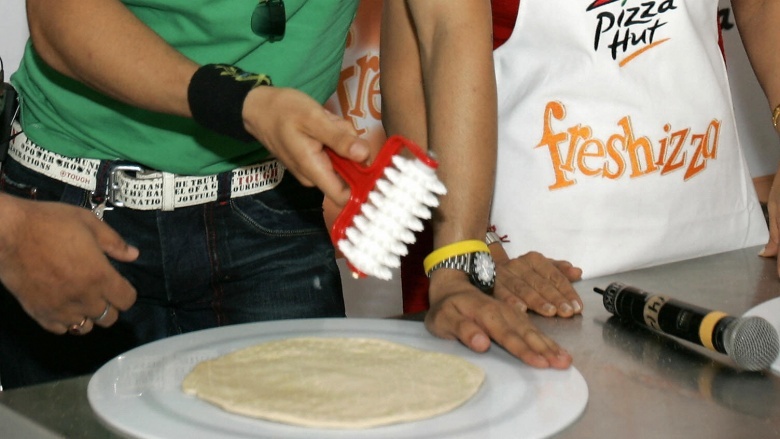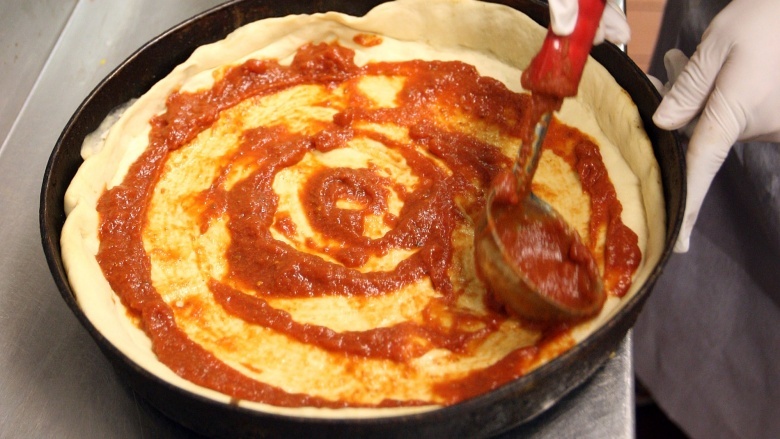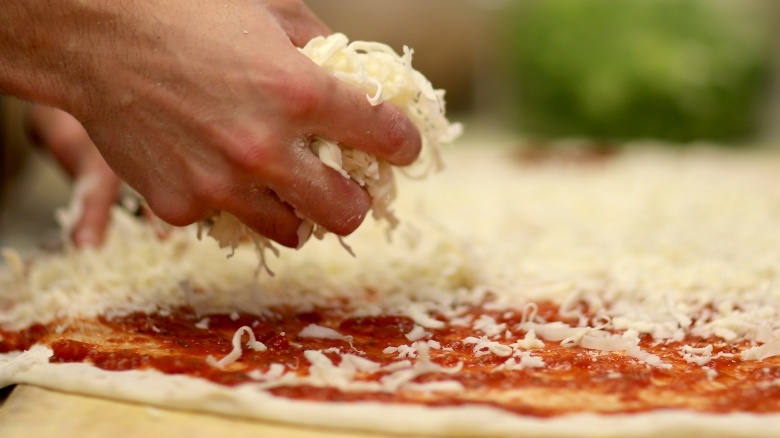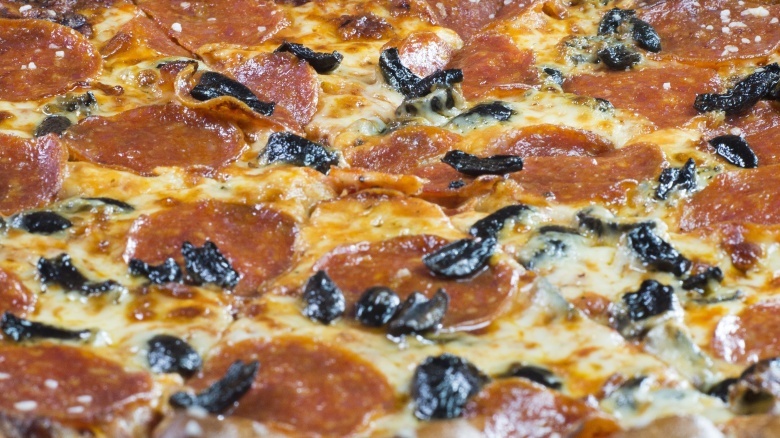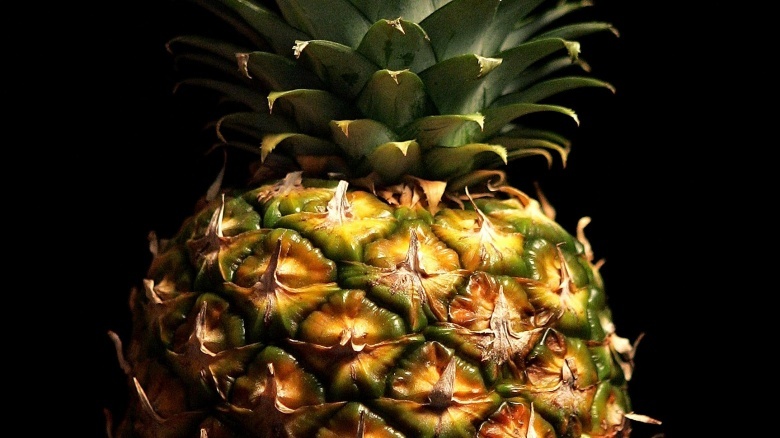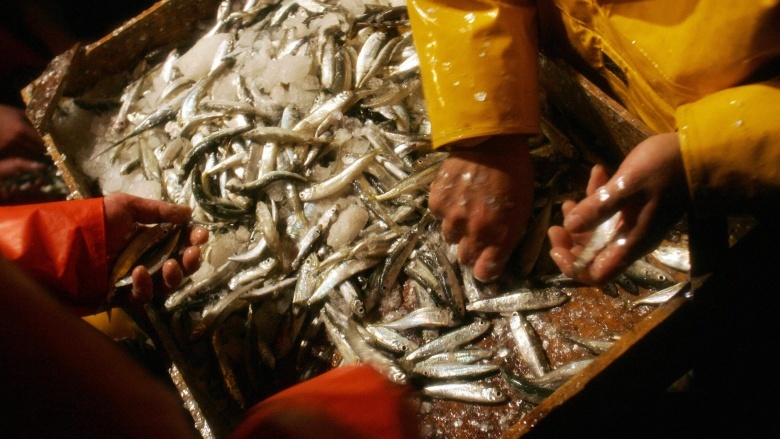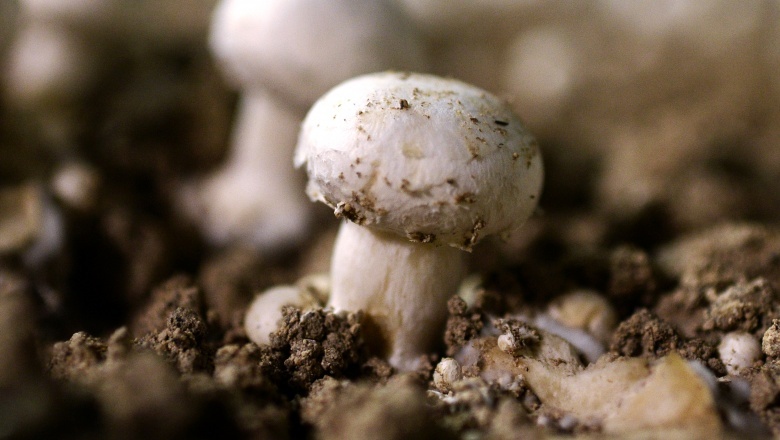What's Really In That Pizza
Even though pizza isn't particularly good for you, it tastes so darn good that you don't care. You make a promise to join a gym, as you reach for another greasy slice to shove in your face. Pizza varies tremendously in quality and health hazards, and it is actually possible for pizza to not be too bad for you...except almost no one actually eats those pizzas. The bread plate loaded with delicious cheese, greasy meat, and occasionally vegetables is actually a health nightmare, and that's even assuming it's made from real food. Even though knowing this won't change your next order, this is what's really in that pizza pie.
The crust
Working from the bottom up, we naturally begin with the crust. Mostly made from flour, yeast, salt and sugar, it has the potential to be fairly benign, because it's just like bread, right? Kinda, maybe, not. The crust on your typical pizza is actually a huge contributor to the overall calorie count, but that's not the whole story. Usually it's made using highly refined wheat flour. It's like regular flour, but with most of the good bits removed, thus denying you the few vitamins you might have benefited from. Highly refined flour is also less filling than regular flour, meaning you have to eat more to feel full. Pizza crust is also heavily loaded with salt and sugar to make it super tasty (and kinda addictive). But because one serving of just the crust potentially contains a fifth of your recommended daily allowance of sodium, your blood pressure is going to climb. Pizza crust also contains saturated fat, which will increase your cholesterol. Remember, we're still just talking about the crust.
Sauce
Tomato sauce should be pretty safe, and it would be if it were just tomatoes in there. But to boost the flavor, it's now often produced with extra salt (more high blood pressure), and high fructose corn syrup to sweeten things up. Unfortunately, high fructose corn syrup is a big source of empty calories and has been linked to metabolic diseases like obesity and diabetes. Tomato sauce isn't the only kid on the block any more, either. Pizza sauce newcomers include ranch style sauce, barbecue, and marinara, and they all have their little something extra. Barbecue sauce can contain more than twice as much sugar as regular tomato, and Marinara extra specializes in salt.
Cheese
While there are plenty of variations on the dish, everyone knows one thing: it ain't pizza without cheese, whether that cheese be cheddar, mozzarella, or provolone, to name but a few. And while cheese can be a decent source of protein, helping your body to repair and grow, it is also a decent source of a few other things that aren't so nice. Cheese tastes so good because it's packed with fat, a lot of it saturated, and that's bad for your heart. It is also calorie- and cholesterol-rich, which will help your belly grow big and soft and increase your risk of heart disease and stroke. If the person who made your pizza used pre-shredded cheese, then you may also be consuming cellulose, which is a cheap way to add volume. Unfortunately, cellulose is a fancy name for sawdust—which doesn't really have any health risks, per se, but it sure isn't cheese.
All the meats
Mmmmm, bacon. Definitely god's food...or maybe the devil's, considering that it is both insanely tasty and also insanely bad for you. Along with the other popular pizza meats like pepperoni, ham, and sausage, bacon is often smoked, salted, or laced with other preservatives to increase shelf life and flavor, but with serious potential side effects. The consumption of highly processed meats like bacon, sausage, ham, and pepperoni have now been strongly linked to an increased risk of developing bowel cancer. They also contain a bunch more salt (hello again), and are full of saturated fats, cholesterol, and a trainload more calories that do your heart—and your waistline—no good at all.
Maybe some pineapple?
While it's not everyone's favorite pizza topping, pineapple adds a distinctive tangy sweetness to the table. Unfortunately it achieves this by being a super sneaky sugar delivery system: it hangs out with the vegetables to lull you into a false sense of security before dropping a sugar bomb. After barbecue sauce, pineapple is the biggest single source of sugar on your pizza, so you should probably brush your teeth and book a visit to your dentist if you check that box on your next delivery order.
Anchovies
Even less popular than pineapple, anchovies are definitely an acquired taste, but there is more than just the flavor to think about when considering this topping. If you happen to enjoy them, anchovies offer several health benefits by supplying things like omega-3 fatty acids and protein, but they also have the potential to supply something else. If the anchovies on your pizza weren't frozen below -20 degrees Celsius before pickling, and was added to the pizza after baking (as some people prefer it), then you run the risk of contracting anisakiasis, which is caused by a parasitic infection. Fortunately the parasite cannot survive in a human, preferring porpoises and other cetaceans for it's life cycle, but it can cause an obstructed bowel that would require emergency surgery. Anchovies also contain a lot of salt, but that is slightly overshadowed by the potential bowel obstruction.
Canned mushrooms
When it comes to mushrooms, preparation makes all the difference. Canned mushrooms differ from their fresh relations in two ways (not including the slimy texture). They lose a portion of their nutrients on the way to the can, and they find a bunch more salt. If the maker of your favorite pie takes this particular shortcut, then they are adding yet another supply of salt to your already overburdened meal. Add in the fact that an average large pepperoni pan pizza can contain nearly 4000 calories, along with enough cholesterol and saturated fat to make your heart cry into its diary...and this is all just making you want one, isn't it?
